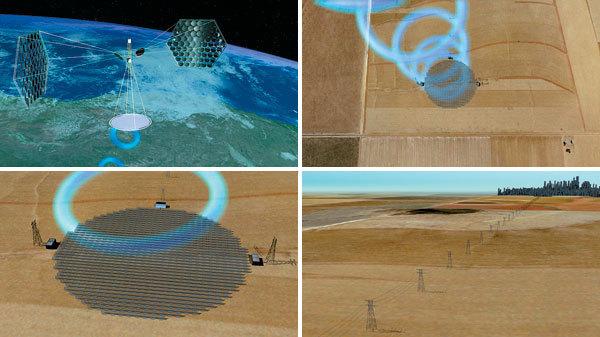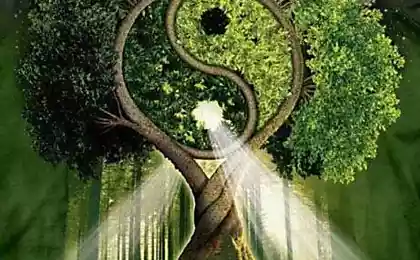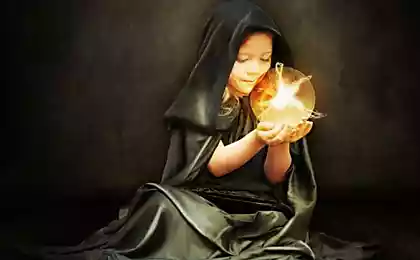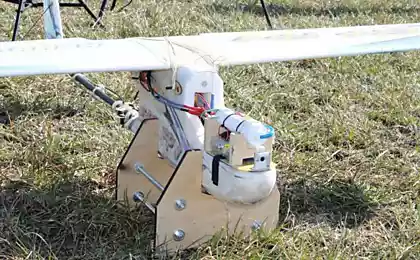503
In Japan create an antenna for receiving energy from space
The Japanese company J Space Systems shown at the exhibition in Tokyo on new development — flat antenna for receiving microwave signals at a frequency of 5.8 GHz. It's a prototype, and in the future, engineers hope to use it to receive the energy sent from the located in the space solar power stations. With this "rectenna" as it was called in the company J Space Systems successfully transmits a signal at a distance of about 50 meters, although not without losses. Sending via the antenna area of 1.2 sq. m 1.8 kW of energy they received in the receiver size 2.6 2.3 m 340 watts.

If this technology will be developed, it may be several applications. One thing — the transmission of energy over short distances, on-site factories, to avoid the need to use wires to charge the sensors, vehicles and terminals.
The second option — balloons that transmit energy to areas of natural disasters. The same technology can be used to charge from the ground, drones and other aircraft, so they wouldn't have to land for refueling.
But all this pales in comparison with the futuristic idea of orbital solar power stations, capable of generating a huge amount of solar energy and send it to the Ground. But this requires a lot of work, in particular, to reduce transmission losses.

The company Mitsubishi Heavy Industries has conducted similar studies in the past year gave 10 kW at a distance of 500 m. At that time it was a record for Japan. For this they used the antenna much larger.
The technology of "dynamic wireless charging," Qualcomm allows electric vehicles to recharge on the go. Its main idea is that charging points will be built into roads and Parking. But scientists from the National laboratory of oak ridge has created a wireless charging power of 20 kW. Compared to the wired method, this method takes three times less time, and its efficiency is 90%. published
Source: hightech.fm/2016/10/07/japan-rectenna

If this technology will be developed, it may be several applications. One thing — the transmission of energy over short distances, on-site factories, to avoid the need to use wires to charge the sensors, vehicles and terminals.
The second option — balloons that transmit energy to areas of natural disasters. The same technology can be used to charge from the ground, drones and other aircraft, so they wouldn't have to land for refueling.
But all this pales in comparison with the futuristic idea of orbital solar power stations, capable of generating a huge amount of solar energy and send it to the Ground. But this requires a lot of work, in particular, to reduce transmission losses.

The company Mitsubishi Heavy Industries has conducted similar studies in the past year gave 10 kW at a distance of 500 m. At that time it was a record for Japan. For this they used the antenna much larger.
The technology of "dynamic wireless charging," Qualcomm allows electric vehicles to recharge on the go. Its main idea is that charging points will be built into roads and Parking. But scientists from the National laboratory of oak ridge has created a wireless charging power of 20 kW. Compared to the wired method, this method takes three times less time, and its efficiency is 90%. published
Source: hightech.fm/2016/10/07/japan-rectenna
How to choose an uninterruptable power supply for the heating system a country house
3 unexpectedly funny ways to survive a divorce























